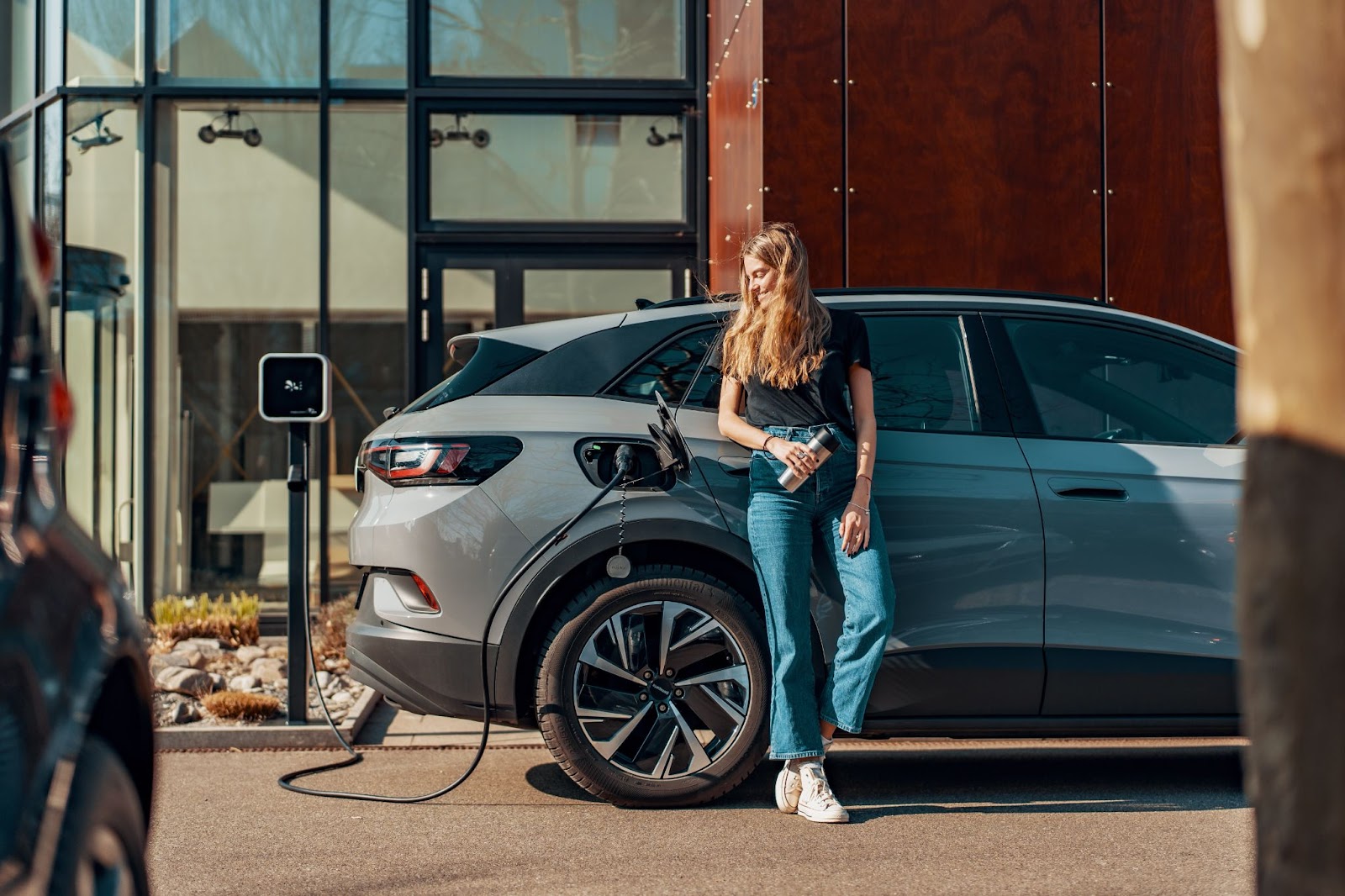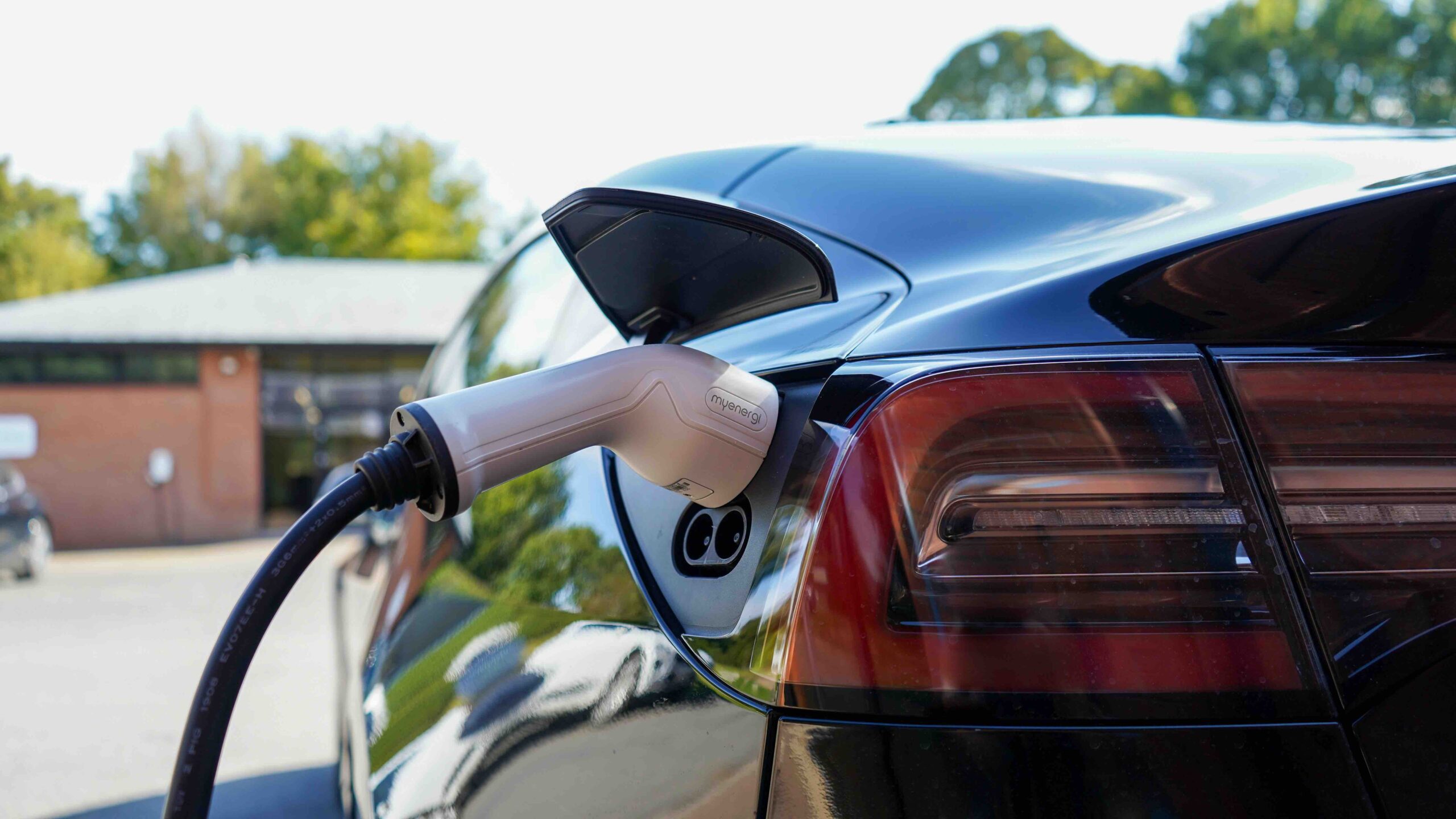Electric vehicle (EV) batteries are tricky. While they possess zero-emission properties, they need to be cared for. Batteries are not infinite things. They have a lifespan, and specific actions can improve or decrease that lifespan.
As EVs continue to hit the roads, it’s important to know how to manage a battery properly. Getting peak performance from electric cars is necessary to avoid range anxieties and a new type of automotive waste.
U.S. News and World Report provides good information about how long EV batteries last. They’ll be suitable for about 12–15 years, averaging around 100,000–200,000 miles of driving before wearing out. However, a variety of factors can affect a battery’s lifecycle.
Climate And Battery Life
Climate is one of the main factors. EVs don’t do well in extreme weather, hot or cold. Too cold causes the battery to exert more energy to power the vehicle, including climate control and infotainment. EV drivers are likely to charge more often in winter. The good news is not every battery has a performance drop in the cold season.

Photo Courtesy Kumpan Electric
Heat is the real worry. Higher temperatures ruin a battery’s charging retention abilities. Anything above 85 degrees is going to harm it.
The optimal charging time is during the cooler parts of the day or in a room-temperature garage.
Charging Issues
One of the most-cited concerns for motorists apprehensive about EVs is charging speed. As we know, direct-current fast chargers do the job in less time, but DC charging has some flaws. Using a DC charger too often will cut the battery’s life in half. Ensure you only charge between 20–80% capacity at home, as overcharging can also ruin the battery.
Most EVs can plug into a basic home outlet, but it will take longer. If you install a Level 2 cord or charging station, it charges quicker. There are smart charging cords that connect to smartphones via apps that track an EV’s charge rate and the best time to charge up.
Battery Disposal And Recycling
The biggest issue with EV batteries is how to dispose of them. Once they reach the end of their lifespan, they can’t be tossed in a landfill. The good news is that batteries contain critical minerals, wires, circuitry, plastics, cells, and cathodes that can be recycled in a “second life.”
Companies like Redwood Materials are finding ways to recycle EV batteries and consumer electronics.
The Consumer Recycling Program encourages people to recycle laptops, old cell phones, and DVD players for mineral extraction.
Many old EV batteries are repurposed into renewable energy storage containers. This effort is necessary to get America off the fossil fuel and coal standard. Storing solar or wind energy in a battery pack allows for better clean energy distribution and more energy security.

Photo Courtesy Juice
As demand for critical minerals grows, recycling plans will reduce foreign reliance on sourcing. China, North America, and Europe are the three biggest markets for EVs, but most of the world’s lithium is in Australia and Chile. Likewise, the majority of battery production occurs in China. Logistical problems arise on occasion.
While more private-sector companies are finding domestic supplies of lithium, cobalt, and nickel, recycling batteries is safer and better for the environment than digging new mines. Similarly, more EV batteries are being produced in the Southeast.
The U.S. Environmental Protection Agency is working on EV battery recycling guidelines to educate consumers and stakeholders about proper disposal.
The federal government wants to avoid environmental disasters, and in its 2021 EV battery disposal workshop, it points out examples of fires caused by faulty batteries. Proper disposal of lithium-ion batteries keeps pollutants out of landfills and mitigates disaster.
Battery health must be considered when maintaining an EV. While they are becoming more efficient, weather and aging machinery is impossible to avoid. If drivers keep their batteries as healthy as possible, they should have a long future with their EVs.





